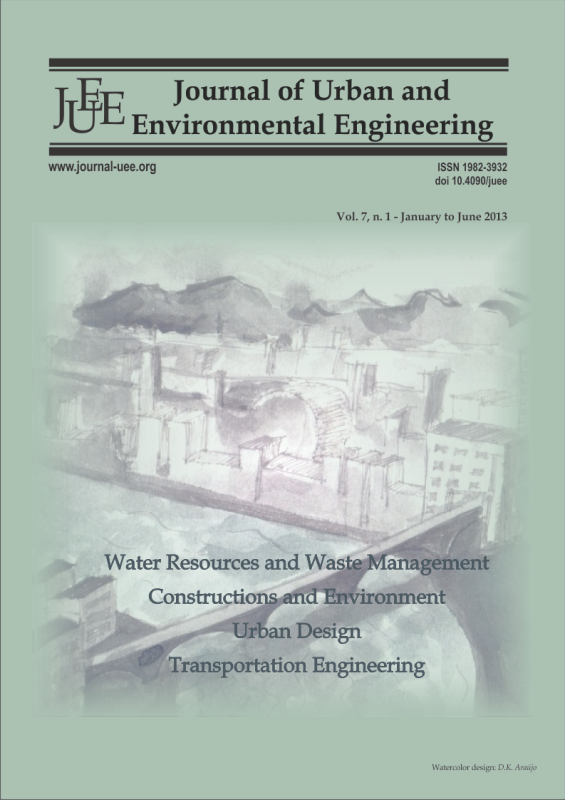FLOW VELOCITY AND SURFACE TEMPERATURE EFFECTS ON CONVECTIVE HEAT TRANSFER COEFFICIENT FROM URBAN CANOPY SURFACES BY NUMERICAL SIMULATION
DOI:
https://doi.org/10.4090/juee.2013.v7n1.74-81Keywords:
Convective Heat Transfer Coefficient (CHTC), CFD, flow velocity, urban canopy surfacesAbstract
This study investigates the effect of flow velocity and building surface temperature effects on Convective Heat Transfer Coefficient (CHTC) from urban building surfaces by numerical simulation. The thermal effects produced by geometrical and physical properties of urban areas generate a relatively differential heating and uncomfortable environment compared to rural regions called as Urban Heat Island (UHI) phenomena. The urban thermal comfort is directly related to the CHTC from the urban canopy surfaces. This CHTC from urban canopy surfaces expected to depend upon the wind velocity flowing over the urban canopy surfaces, urban canopy configurations, building surface temperature etc. But the most influential parameter on CHTC has not been clarified yet. Urban canopy type experiments in thermally stratified wind tunnel have normally been used to study the heat transfer issues. But, it is not an easy task in wind tunnel experiments to evaluate local CHTC, which vary on individual canyon surfaces such as building roof, walls and ground. Numerical simulation validated by wind tunnel experiments can be an alternative for the prediction of CHTC from building surfaces in an urban area. In our study, wind tunnel experiments were conducted to validate the low-Reynolds-number k-ε model which was used for the evaluation of CHTC from surfaces. The calculated CFD results showed good agreement with experimental results. After this validation, the effects of flow velocity and building surface temperature effects on CHTC from urban building surfaces were investigated. It has been found that the change in velocity remarkably affects the CHTC from urban canopy surfaces and change in surface temperature has almost no effect over the CHTC from urban canopy surfaces.Downloads
Download data is not yet available.
Downloads
Published
2013-08-16
Issue
Section
Articles




